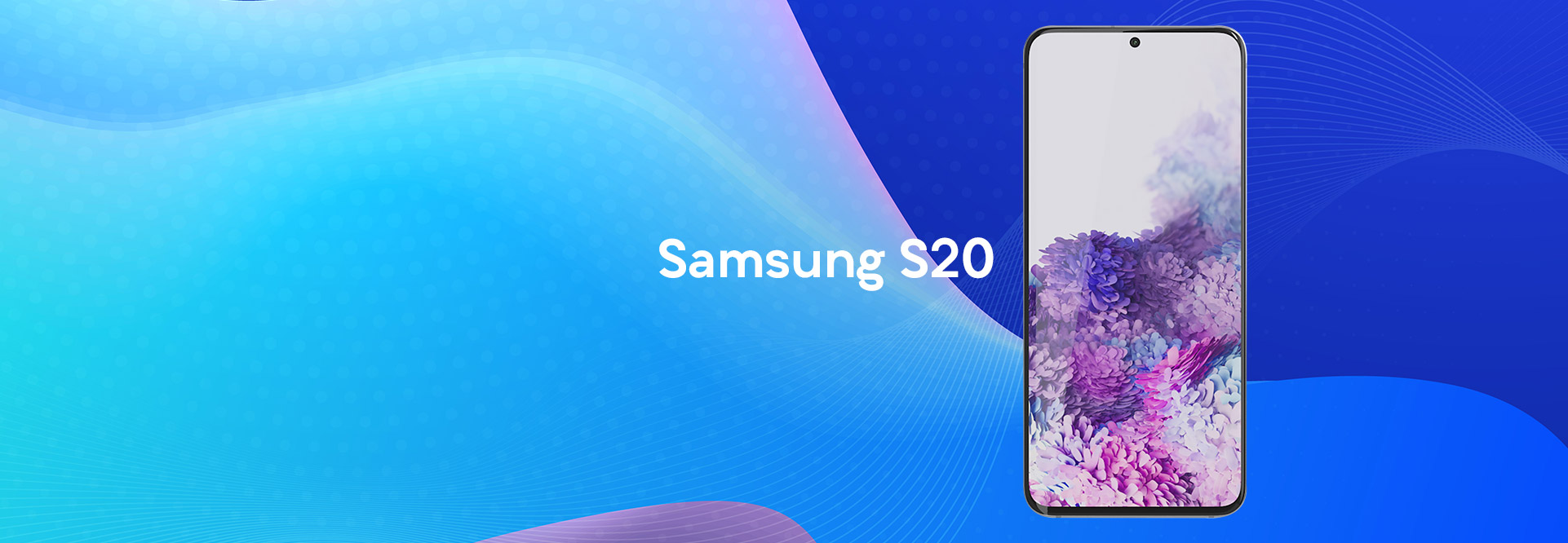Samsung Galaxy S20 Raises the Bar, Again!
Staff Writer / 21-07-2020 / Reviews
The Samsung Galaxy S series has always been the contender for the iPhone’s crown. Even Apple fans have to admit that, in recent years, the S series has been ahead of the iPhone in many ways, and that is now truer than ever with the arrival of the Samsung Galaxy S20, named for the year of release instead of following on numerically from the S10 series. Samsung is intent on making big strides with their annual releases, and the S20 is no different, offering users some great improvements and a lot of extras that the average person would never use, but they’re there just in case.
OPERATING SYSTEM
The Galaxy S20 features a powerful Octa-Core processor with Android 10 out of the box.
DISPLAY
6.2-inch WQHD+ 20:9 Infinity-O display with a 3200×1440 resolution.
HARDWARE
Yes, the Samsung Galaxy S20 is waterproof with an IP68 rating that claims it can be submerged in up to one meter of water for up to 30 minutes.
BATTERY AND CHARGING
It comes with a 15W wireless charger for fast charging. The S20 offers 10 days of standby, 59 hours of speaker use, 79 hours with headset use, and 28 hours of talk time. A single charge should last a day for the average user.
CAMERAS
The Samsung Galaxy S20 features a triple rear camera setup with one selfie camera on the front.
The selfie camera is a 10-megapixel shooter with support for 4K video recording at 60fps.
The rear camera setup includes a 12-megapixel primary camera coupled with a 64-megapixel 3x optical zoom telephoto lens and a 12-megapixel ultra-wide camera. The setup will be capable of up to 30x digital zoom and 8K video recording at 30fps.
STORAGE AND SPACE
The S20 offers a minimum of 128GB of internal storage with microSD support for external expansion up to 1TB.
COMPARISON
Samsung is clearly looking to the future, which is 5G connectivity. It’s not something that’s essential for most users right now, but it’s something you’re likely to appreciate as 5G networks become more ubiquitous.
VERDICT
If you’re looking for a flagship smartphone with a great camera, screen and all the bells and whistles you could need, then this is for you. But, if you already have the S10 or one of its variants, you could probably skip this one and wait for next year’s release.
RELEASE DATE
The Samsung Galaxy S20 was released on the 11th of February 2020 and is now available in South Africa. Check out our deals here.







